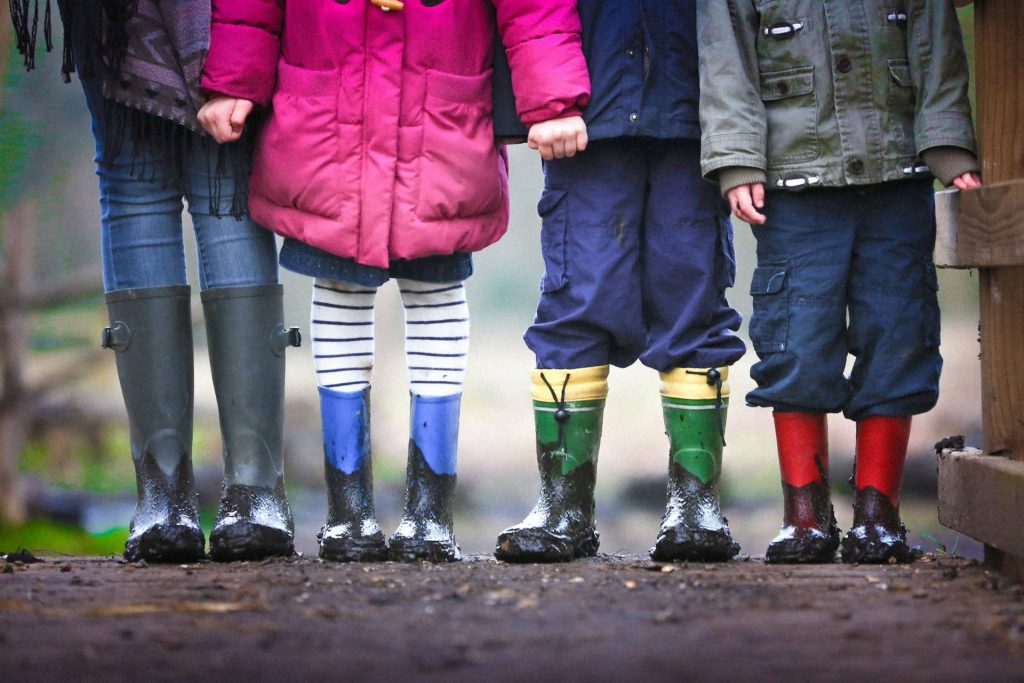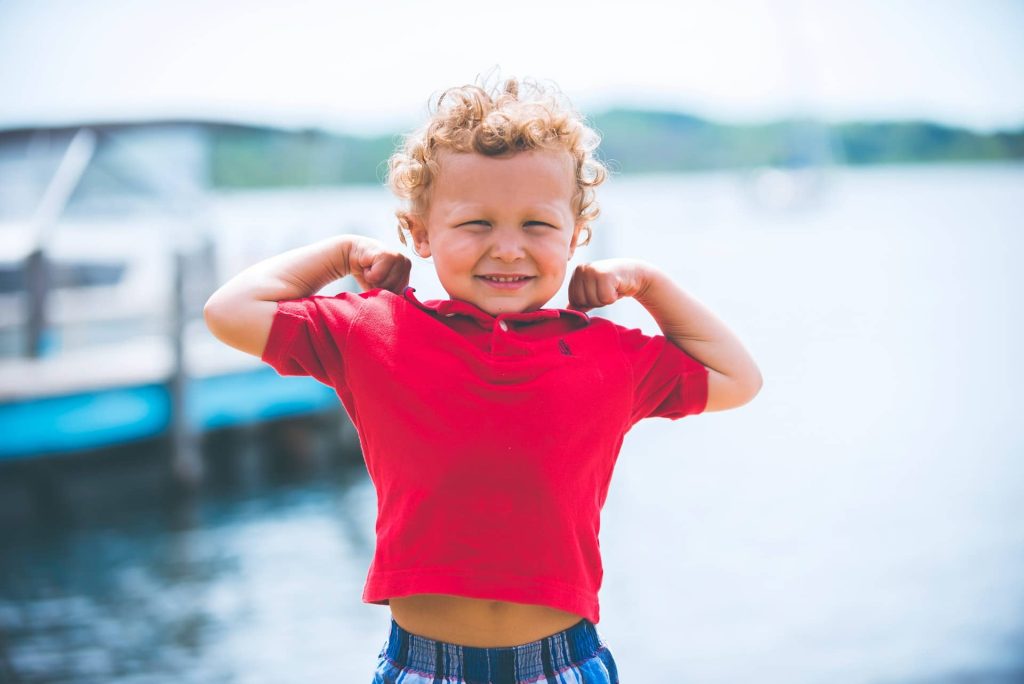Children thrive when they feel safe — not only physically, but emotionally, socially, and psychologically. In today’s diverse learning environments, creating safe kids treatment practices is more than classroom management; it is a whole-child approach that guides behavior, strengthens emotional intelligence, respects cultural differences, and supports healthy development from toddlerhood through adolescence.
At DeeCyDa, we work closely with families and educators to combine developmental psychology, evidence-based learning science, and culturally responsive caregiving. This article provides a complete guide to safe kids treatment techniques that parents, teachers, and childcare providers can use to build trust, reduce behavioral challenges, and promote long-term wellbeing.

Contents
- 1 Understanding the Foundations of Safe Kids Treatment
- 2 How Safe Kids Treatment Supports Learning and Brain Development
- 3 Age-Based Safe Kids Treatment Techniques
- 4 Safe Kids Treatment Techniques for Parents
- 5 Safe Kids Treatment Techniques for Schools and Educators
- 6 Cultural Considerations in Safe Kids Treatment
- 7 Safe Kids Treatment in Multicultural Classrooms
- 8 How Safe Kids Treatment Supports Long-Term Wellbeing
- 9 Call to Action: Partner With DeeCyDa for a Safer, Happier Future
- 10 Frequently Asked Questions (FAQs)
Understanding the Foundations of Safe Kids Treatment
Creating safe environments begins with recognizing how a child’s brain, emotions, and social world are wired. Safe kids treatment integrates five core pillars:
1. Developmental Psychology
Children process information differently at every age. Emotional regulation, attention, impulse control, and problem-solving grow gradually — requiring age-specific approaches.
2. Learning Science
Children learn safety and emotional skills through modeling, repetition, routines, and consistent expectations.
3. Emotional & Behavioral Support
Safe kids treatment encourages emotional labeling, co-regulation, conflict resolution, and positive behavior interventions rather than punishment or fear-based tactics.
4. Cultural Sensitivity
Children’s experiences, communication styles, and expectations vary across cultures. Caregiving must honor family values and social norms.
5. Relationship-Centered Care
The strongest predictor of children’s safety and learning outcomes is the quality of relationships with parents, teachers, and caregivers.
These principles guide all safe kids treatment practices described below.

How Safe Kids Treatment Supports Learning and Brain Development
Safe environments activate the brain’s learning center (the prefrontal cortex) and reduce stress activation in the amygdala. When children feel emotionally and culturally safe:
-
Attention and working memory improve
-
Emotional regulation becomes easier
-
Resilience and problem-solving skills grow
-
Social behavior and collaboration strengthen
-
Communication becomes clearer and more confident
This is why safe kids treatment is essential in childcare centers, preschools, classrooms, and homes.
Age-Based Safe Kids Treatment Techniques
Because every child learns safety differently
Early Childhood (Ages 2–6)
Focus: Emotional expression, routines, modeling, and sensory regulation
Children in this age group are concrete thinkers. Their emotional world is intense, immediate, and dependent on adult co-regulation.
Key Techniques
1. Emotion Coaching
-
Label feelings (“You are frustrated because your tower fell.”)
-
Teach coping tools: deep breaths, squeezing a soft toy, stretching
2. Predictable Routines
Children feel safe when they know what happens next.
-
Visual schedules
-
Transition warnings
-
Consistent nap/mealtime routines
3. Positive Reinforcement
Celebrate small wins: “Thank you for using gentle hands!”
This builds confidence and reduces aggressive behaviors.
4. Sensory Support
Sensory bins, textured items, quiet corners, and fidget tools help children regulate.
5. Gentle Redirection
Instead of “No hitting,” say:
“Hands are for helping. You can squeeze this pillow if you feel upset.”
Safe kids treatment at this age shapes long-term emotional security.

Middle Childhood (Ages 7–12)
Children begin to understand complex emotions and social rules but still need guidance.
Key Techniques
1. Collaborative Problem Solving
Ask:
“What can we do differently next time?”
This builds ownership, not shame.
2. Boundaries with Empathy
Clear expectations + compassion = secure behavior.
3. Social Coaching
-
Role-play conflict resolution
-
Teach patience, sharing, and perspective-taking
4. Self-Monitoring Tools
-
Emotion charts
-
Journaling
-
Quiet break area
5. Encouraging Independence
Provide choices:
“Would you like to clean up now or after your snack?”
Safe kids treatment during these years boosts academic success and emotional maturity.

Teenagers (Ages 13–17)
Focus: Identity development, autonomy, emotional literacy, peer dynamics
Teens need respect, boundaries, and emotional coaching without judgment.
Key Techniques
1. Respectful Dialogue
Avoid dismissing feelings. Validate first, guide second.
2. Joint Decision-Making
Allow teens to choose consequences or solutions.
3. Cultural Identity Support
Teens from bilingual, immigrant, or multicultural homes may struggle between cultures.
Safe kids treatment acknowledges and honors their background.
4. Mental Health Conversations
Normalize discussions about:
-
Anxiety
-
Stress
-
Peer pressure
-
Social media safety
5. Digital Safety Education
Help teens create healthy boundaries online.

Safe Kids Treatment Techniques for Parents
Parents play the biggest role in creating safety at home. These strategies integrate psychology, attachment theory, and learning science.
1. Build Secure Attachment
Responsive caregiving is the foundation of emotional safety.
-
Listen without interrupting
-
Stay calm during conflict
-
Offer reassurance and physical closeness
2. Use Positive Discipline — Not Fear-Based Tactics
Children learn better when guidance replaces punishment.
-
No yelling
-
No shaming
-
No physical punishment
Instead:
-
Give natural consequences
-
Use redirection
-
Teach reflection
3. Model Self-Regulation
Children mirror the emotional tone of the home.
Parents who model calm behavior teach calm behavior.
4. Cultural Respect & Identity Building
Talk about your family’s traditions.
Show pride in heritage.
Help children understand similarities and differences in others.
5. Encourage Autonomy and Responsibility
Age-appropriate chores, decision-making, and problem-solving build confidence.
6. Create Predictable Home Routines
Predictability equals safety.
Home routines stabilize sleep, behavior, and emotional health.
7. Teach Safety Skills Through Play
Role-play:
-
Stranger awareness
-
Body safety rules
-
Asking for help
-
Addressing bullying
Play reduces fear and increases retention.
Safe Kids Treatment Techniques for Schools and Educators
Schools shape emotional safety as much as academic development. Safe kids treatment in school environments integrates classroom rules, teacher-student relationships, and culturally responsive teaching.
1. Trauma-Informed School Practices
Many children bring stress, fear, or instability into classrooms.
Trauma-sensitive environments include:
-
Predictable routines
-
Gentle transitions
-
Quiet spaces
-
Soft voice tones
-
No public shaming
2. Culturally Responsive Teaching
Representation and respect matter.
Teachers should:
-
Learn cultural norms
-
Use inclusive language
-
Represent diversity in books and visuals
-
Respect communication styles from different cultures
3. Positive Behavior Interventions & Supports (PBIS)
A proven safe kids treatment framework using:
-
Clear rules
-
Positive reinforcement
-
Skill-based behavior teaching
4. Emotional Literacy Curriculum
Teach children how to:
-
Identify their feelings
-
Communicate their needs
-
Resolve conflicts respectfully
-
Empathize with others
5. Classroom Management Through Connection
Connection > Correction.
Warm relationships reduce behavioral issues.
6. Bullying Prevention & Response
-
Zero-tolerance for bullying
-
Private correction (never public)
-
Restorative dialogue
-
Peer support systems
7. Collaboration with Parents
Regular communication ensures that guidance remains consistent at school and at home.
Cultural Considerations in Safe Kids Treatment
Children from different cultures learn safety differently. A culturally aware approach strengthens trust and communication.
1. Communication Styles Differ
Some cultures encourage open emotional expression; others value quiet respect.
Safe kids treatment adjusts accordingly.
2. Discipline Expectations Vary
Schools and parents should align expectations while honoring cultural traditions.
3. Identity and Belonging
Children need to feel seen.
Representation in classrooms and activities is essential.
4. Language Sensitivity
Students in multilingual homes may need:
-
Simple instructions
-
Visual cues
-
Patient explanations
A culturally responsive approach prevents misinterpretation of behaviors.
Safe Kids Treatment in Multicultural Classrooms
In diverse communities like Irvine and Orange County, educators must use strategies that respect cultural nuance.
Techniques Include:
-
Learning basic greetings in students’ home languages
-
Using culturally neutral praise
-
Avoiding assumptions
-
Encouraging storytelling from different backgrounds
-
Building community circles where every child is heard
How Safe Kids Treatment Supports Long-Term Wellbeing
Safe children become:
-
Confident learners
-
Resilient problem-solvers
-
Compassionate friends
-
Healthy communicators
-
Emotionally balanced adults
This is the goal of every parent and educator — and the foundation of DeeCyDa’s mission.
Call to Action: Partner With DeeCyDa for a Safer, Happier Future
At DeeCyDa, we believe every child deserves a nurturing environment where safety, curiosity, and confidence grow together. Our early childhood programs combine emotional learning, developmental support, and culturally responsive care to help children thrive academically and socially.
📍 Located in Irvine, California
📞 Contact DeeCyDa Today to Learn More About Our Programs
Our team is here to support your child’s unique developmental journey with care, expertise, and heart.
Frequently Asked Questions (FAQs)
1. What does “safe kids treatment” mean?
It refers to emotionally supportive, developmentally appropriate techniques that help children feel secure, regulated, respected, and understood.
2. How can parents create emotional safety at home?
By using positive discipline, predictable routines, emotional coaching, and respectful communication.
3. What does safe treatment look like in schools?
Trauma-informed practices, strong teacher-student relationships, inclusive teaching, PBIS, and effective classroom management.
4. How does culture impact safe kids treatment?
Different cultures express emotions and discipline uniquely. Effective treatment honors these differences and adapts strategies respectfully.
5. Are safe kids treatment techniques effective for all ages?
Yes, but techniques must be age-specific — toddlers need co-regulation, while teens need respectful dialogue and independence.


